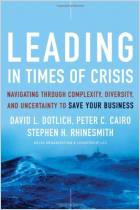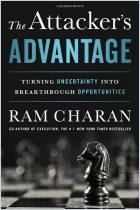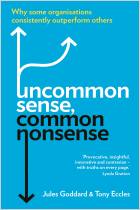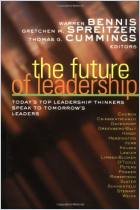
The Ambiguity Advantage
What Leaders are Great at
Recommendation
In a world dominated by constant upheaval, managers might pine for the good old days, when things were simpler and more certain. But that’s exactly the wrong approach, argues David Wilkinson in this eye-opening management study. The future belongs to those who go beyond just accepting change, and instead seek and embrace it. These “generative” leaders are visionaries who encourage conflict, cultivate diversity, and see uncertainty and chaos as wonderful opportunities. This book describes the different kinds of ambiguity and, as concretely as possible, tells leaders how to cope with changing circumstances. Wilkinson makes a compelling case for flexible, collaborative leadership. getAbstract recommends his book to managers seeking an edge in a chaotic world.
Summary
About the Author
David Wilkinson is head of professional development at Cranfield University. He studies and teaches leadership as well as personal, professional and organizational development. Among other duties, he trains British police to respond to terror attacks.

















Comment on this summary or 开始讨论